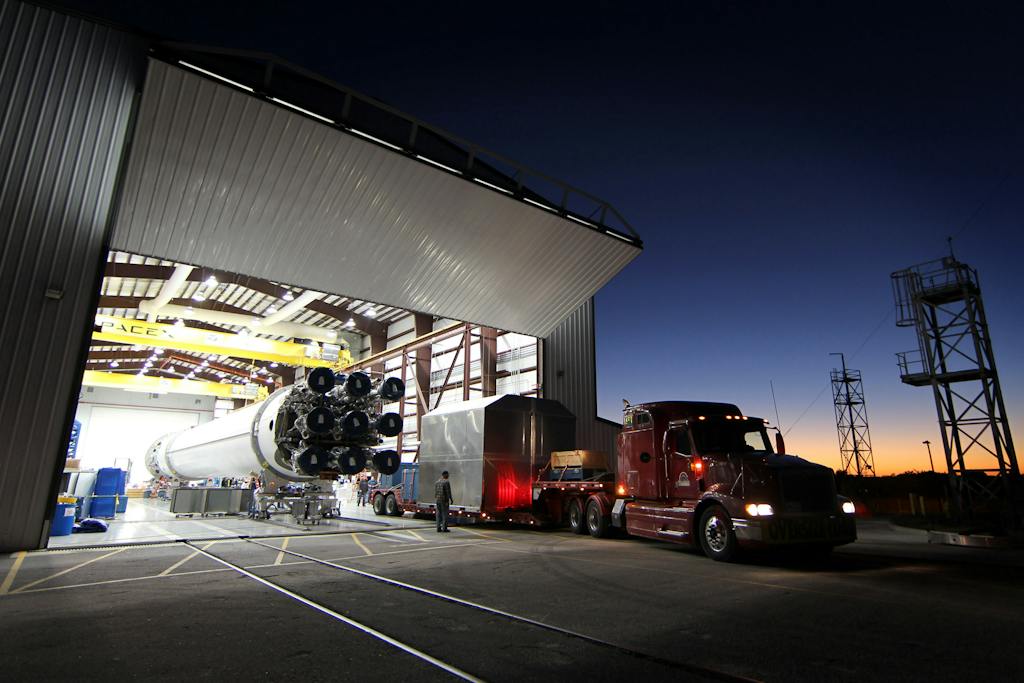Workplace safety is a critical concern for businesses across all industries. With the advent of new technologies, the landscape of workplace safety is rapidly evolving. Two technologies that are making significant strides in this area are Artificial Intelligence (AI) and Augmented reality (AR). These technologies are not only enhancing safety protocols but also revolutionizing safety training methods. This article explores how AI and AR can be integrated into workplace safety, providing examples, case studies, and statistics to illustrate their potential.
Understanding AI and AR
Before delving into how these technologies can enhance workplace safety, it’s essential to understand what they are and how they work.
Artificial Intelligence (AI)
AI refers to the simulation of human intelligence processes by machines, especially computer systems. These processes include learning, reasoning, problem-solving, perception, and language understanding.
Augmented Reality (AR)
AR is a technology that overlays digital information on the real world, enhancing the user’s perception and interaction with their environment. It can be used to provide real-time information, display 3D models, and offer interactive experiences.
AI and AR in Workplace Safety

AI and AR are being increasingly integrated into workplace safety protocols and training. Here’s how:
Enhancing Safety Protocols with AI
AI can significantly improve workplace safety protocols in several ways:
- Predictive Analytics: AI can analyze vast amounts of data to identify patterns and predict potential safety hazards before they occur. This allows companies to take proactive measures to prevent accidents.
- Automated Inspections: AI-powered robots or drones can perform routine safety inspections, reducing the risk of human error and ensuring more thorough and consistent checks.
- Real-time Monitoring: AI can monitor real-time data from various sources (e.g., sensors, cameras) to detect safety issues instantly and alert relevant personnel.
Improving Safety Training with AR
AR can revolutionize safety training by providing immersive, interactive experiences. Here are some ways AR can be used in safety training:
- Virtual Simulations: AR can create realistic simulations of hazardous situations, allowing employees to practice their response in a safe environment.
- Interactive Learning: AR can provide interactive learning experiences, making safety training more engaging and effective.
- On-the-job Training: AR can provide real-time information and guidance to employees as they perform their tasks, helping them learn on the job and reduce mistakes.
Case Studies and Statistics

Several companies are already leveraging AI and AR for workplace safety, demonstrating their potential. Here are some examples:
AI in Workplace Safety: Case Study of Rio Tinto
Rio Tinto, a global mining company, uses AI to improve safety in its operations. The company uses predictive analytics to anticipate potential safety risks and take preventive measures. This has resulted in a significant reduction in safety incidents.
AR in Safety Training: Case Study of Boeing
Boeing, the aerospace giant, uses AR for safety training. The company uses AR to provide immersive training experiences, allowing employees to practice safety procedures in a virtual environment. This has improved the effectiveness of their safety training and reduced errors.
According to a report by PwC, 62% of respondents believe that AI will help prevent or respond to accidents, and 57% believe that AR/VR will be essential for job training in the next three years.
Conclusion
The integration of AI and AR into workplace safety is not just a futuristic concept but a present reality. These technologies offer immense potential to enhance safety protocols and revolutionize safety training. By leveraging AI’s predictive analytics, automated inspections, and real-time monitoring capabilities, companies can proactively prevent accidents. Meanwhile, AR’s virtual simulations, interactive learning, and on-the-job training capabilities can make safety training more engaging and effective.
Start Transforming Your Processes Today: Explore how FAT FINGER can empower your transition with digital procedures and unlock new levels of efficiency and cost-effectiveness in your safety, operations and maintenance. Visit FAT FINGER for more information and to schedule a demo.


